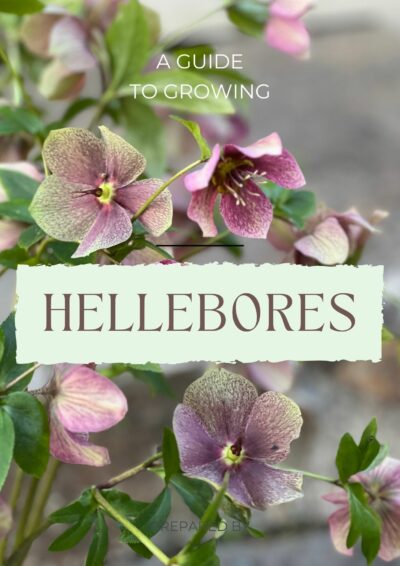
Unveiling the Beauty of Hellebores: A Guide to Growing and Enjoying These Enchanting Flowers
Hellebores, also known as Lenten roses, have long captured the hearts of gardeners and plant collectors alike. These resilient and early-blooming perennial treasures offer an enchanting addition to any garden. In this guide, we’ll explore the art of cultivating hellebores, from planting to harvesting.
Why Hellebores? Before we dive into the specifics of growing hellebores, let’s take a moment to appreciate their allure. Hellebores are prized for their early spring blooms, which often appear when the garden is still waking up from winter’s slumber. Their elegant, nodding flowers come in a range of colors, from creamy whites to deep purples, and their foliage remains green throughout the year, providing interest even in the colder months. With their ability to thrive in shade and partial shade, hellebores are the perfect choice for planting beneath trees or adding beauty to those tricky spots in your garden.

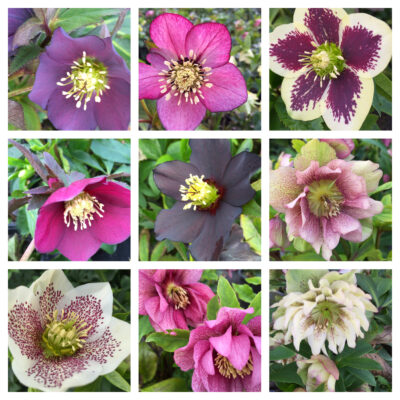
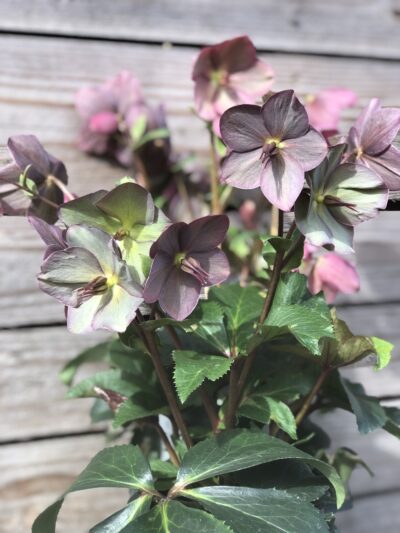
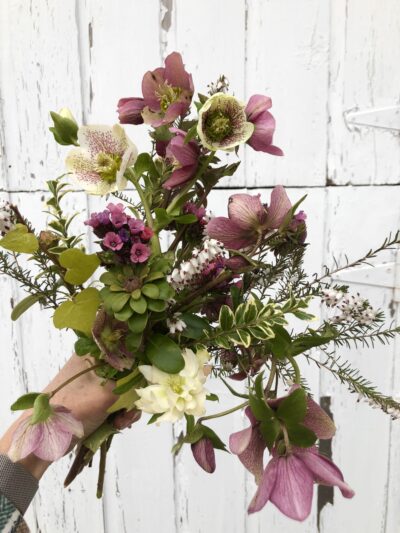





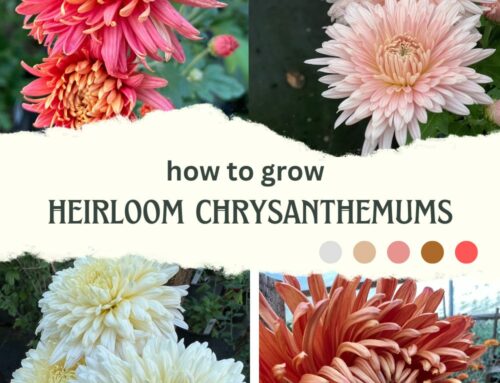
Leave A Comment